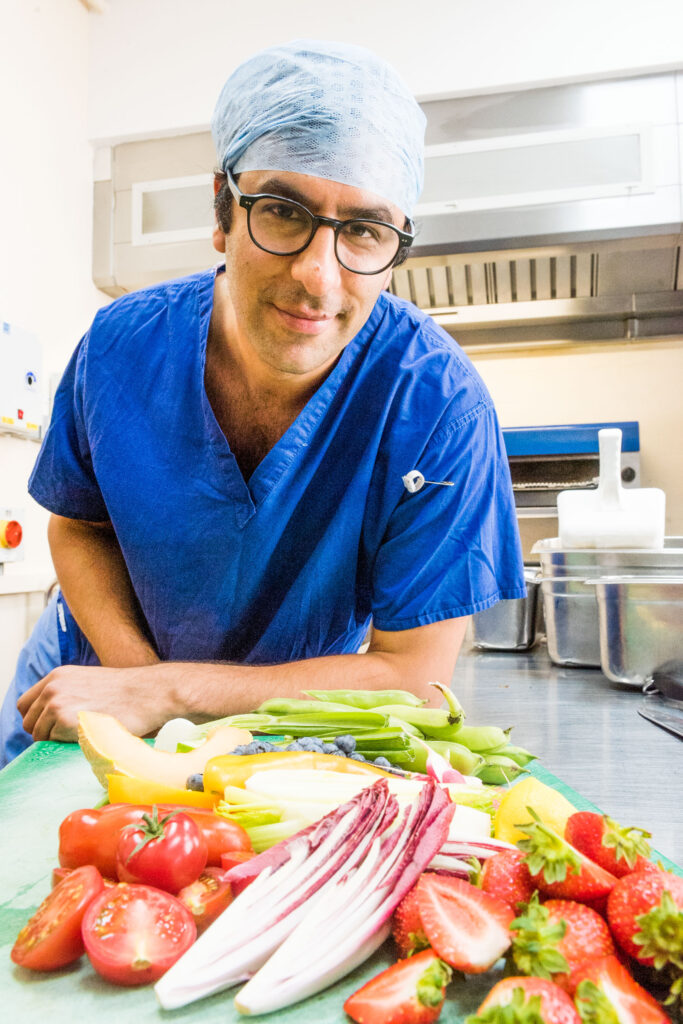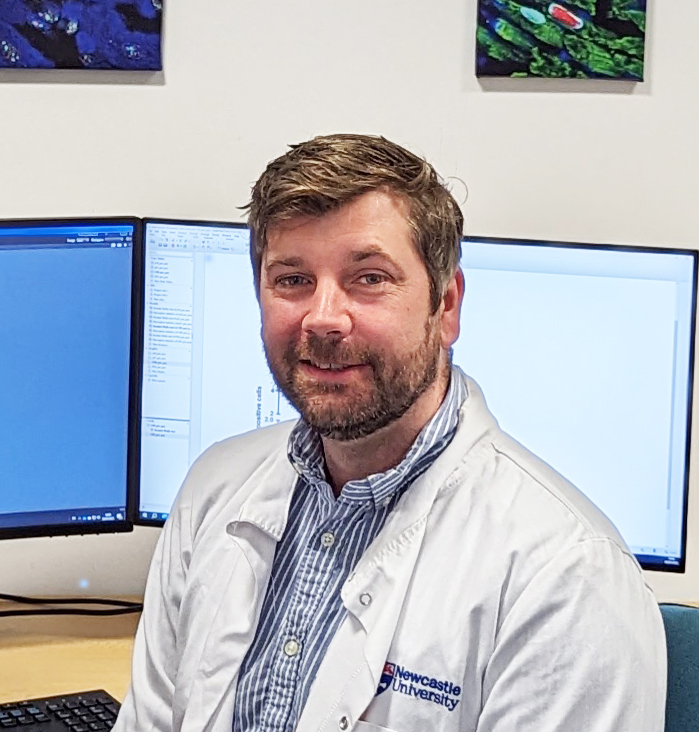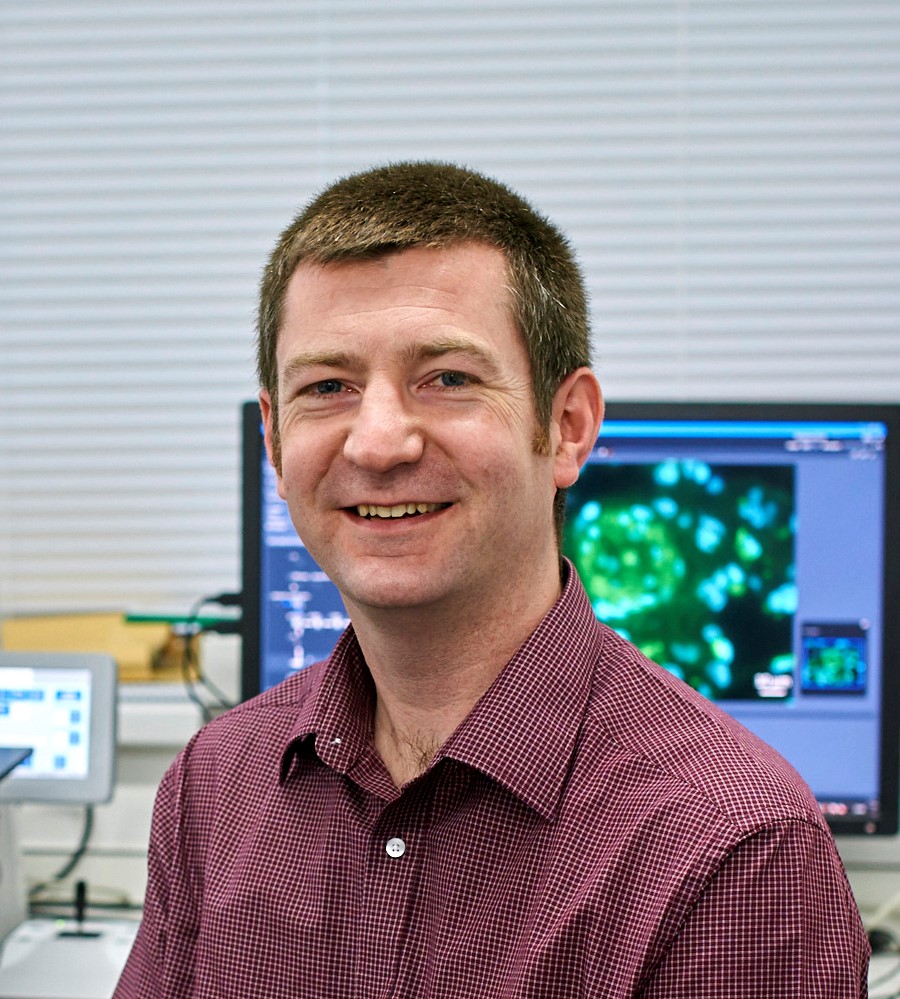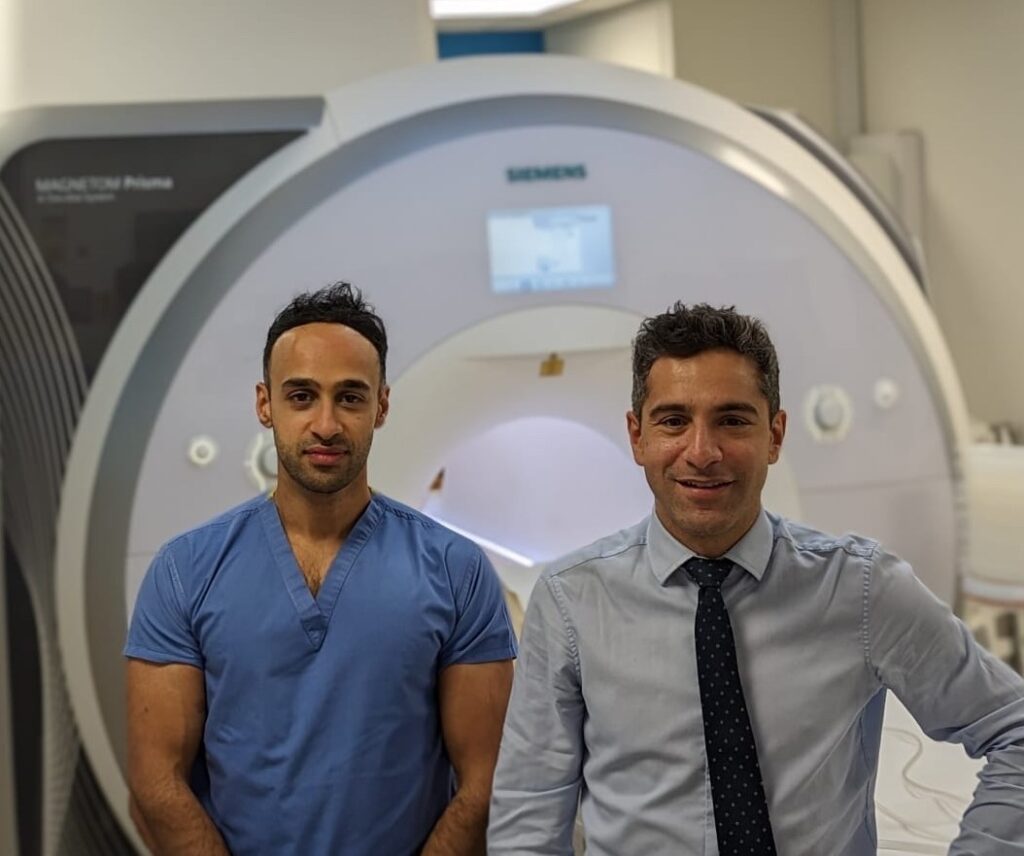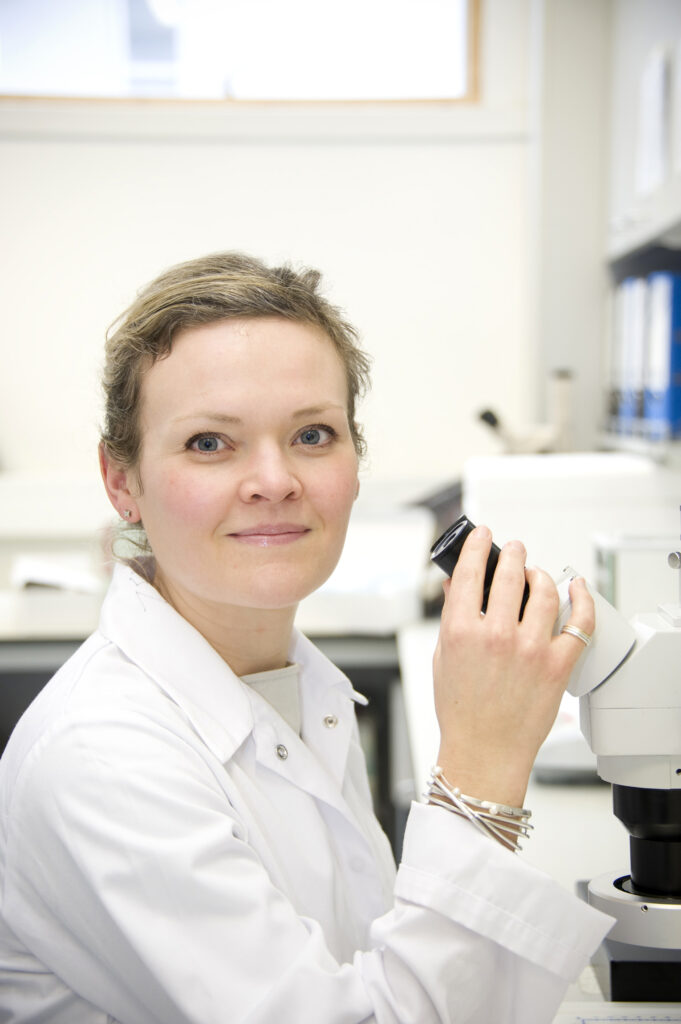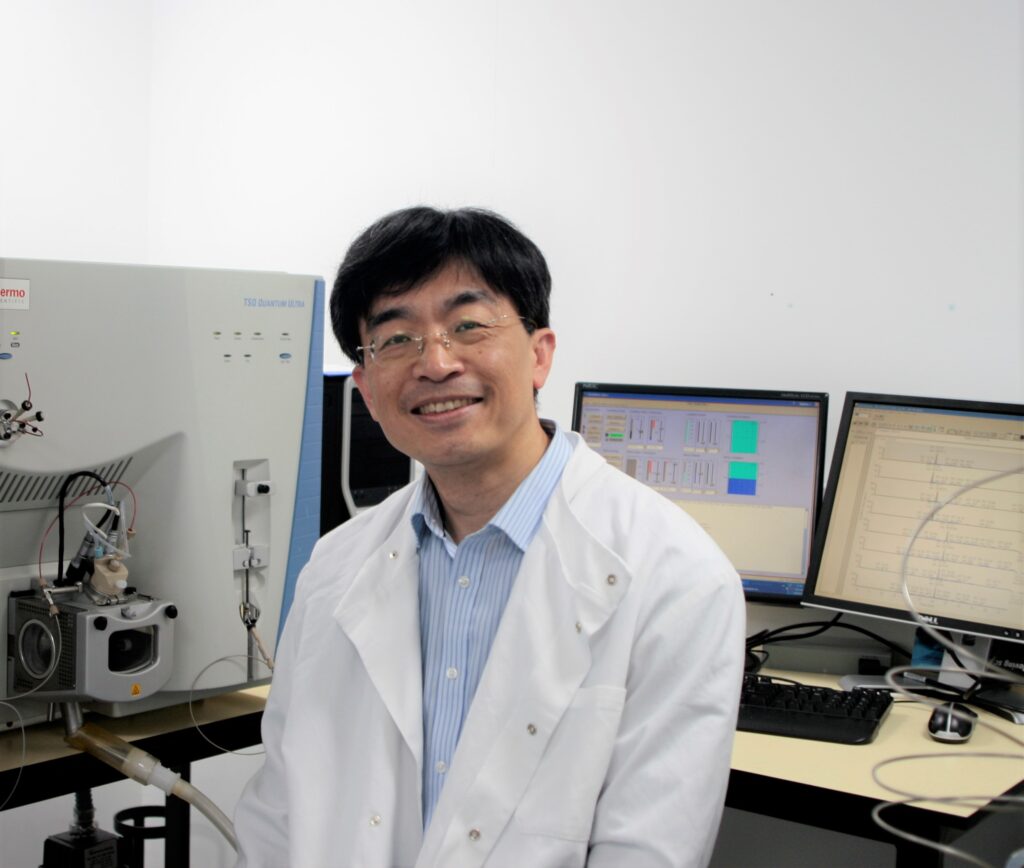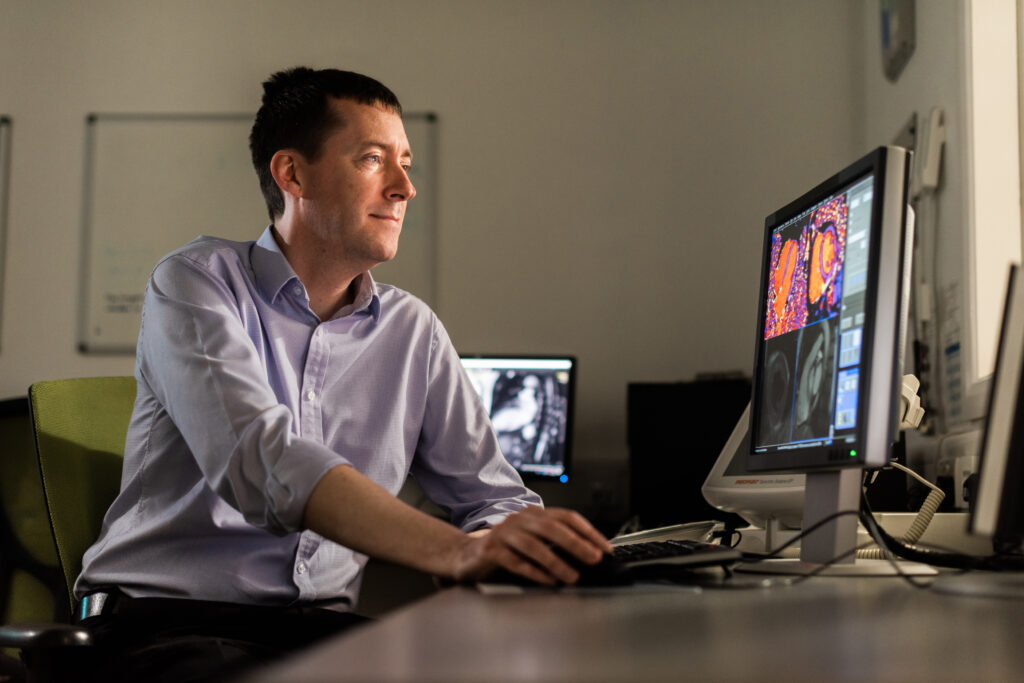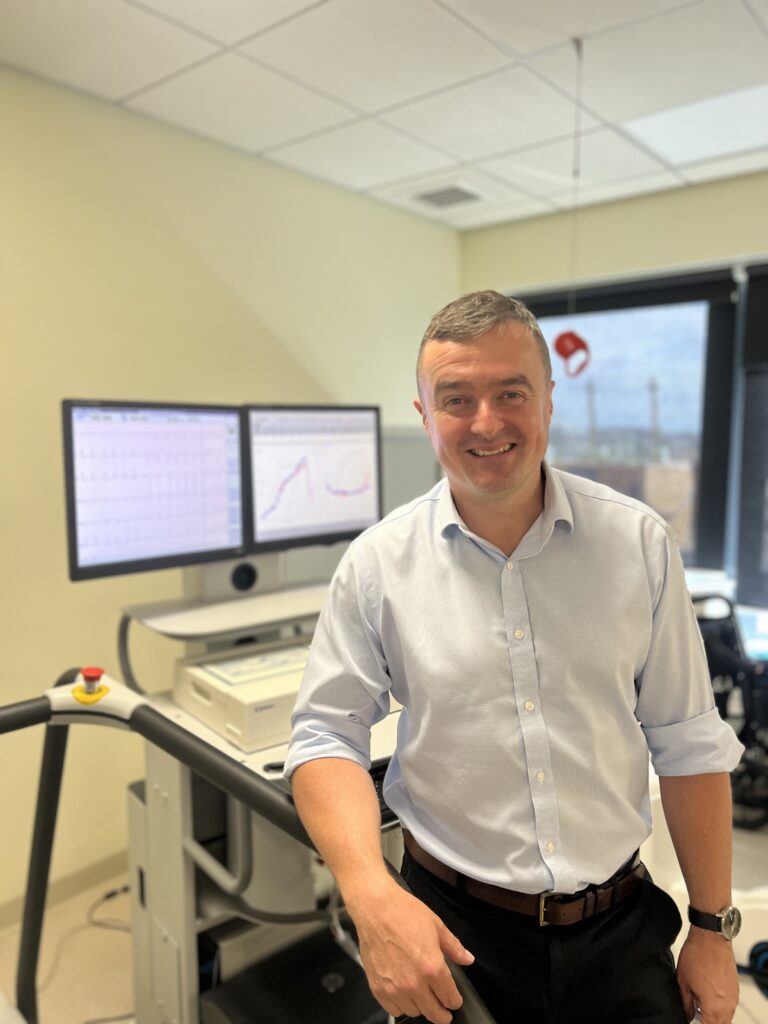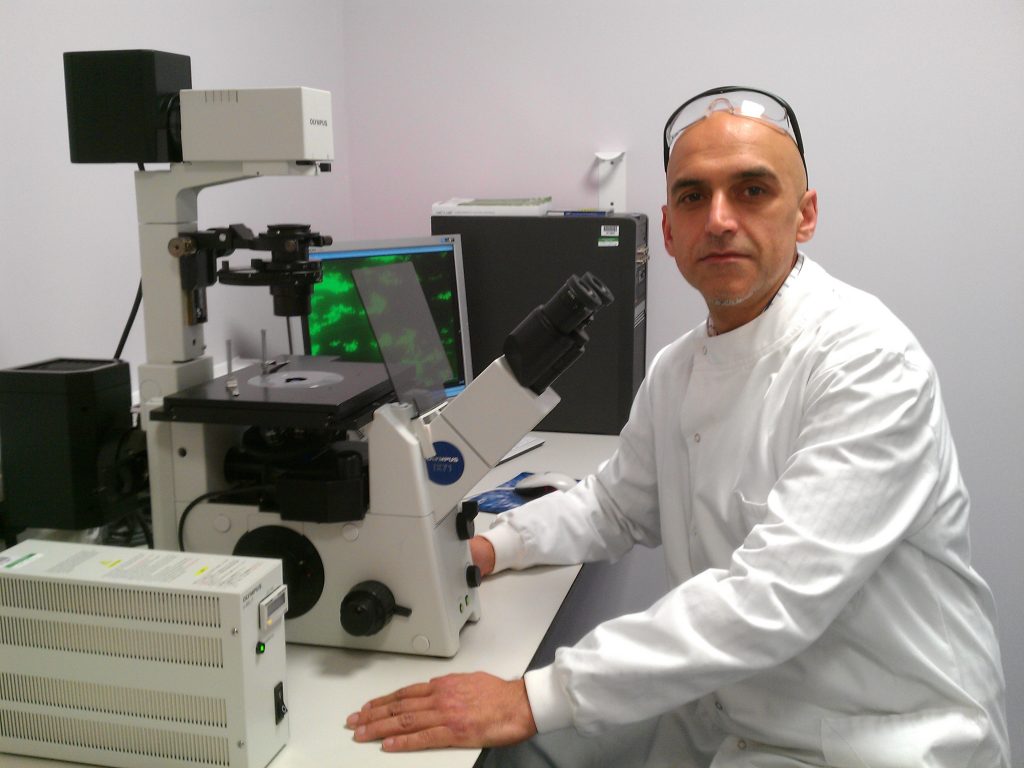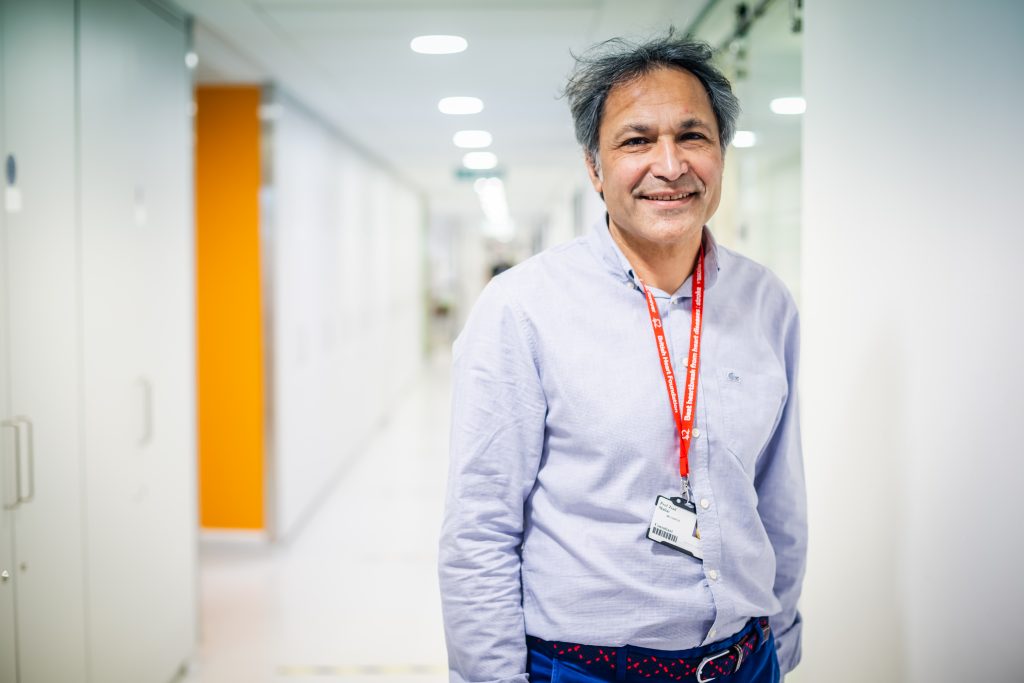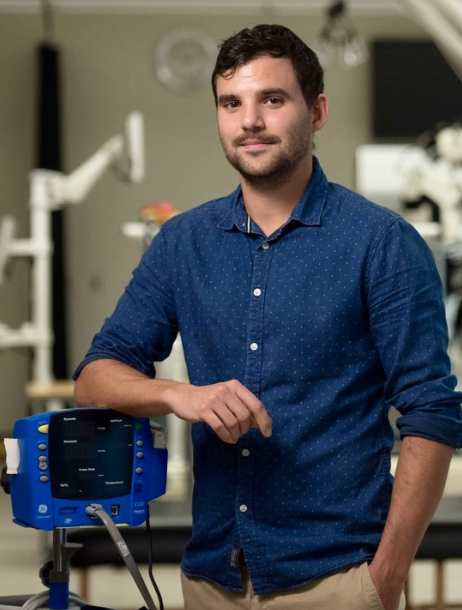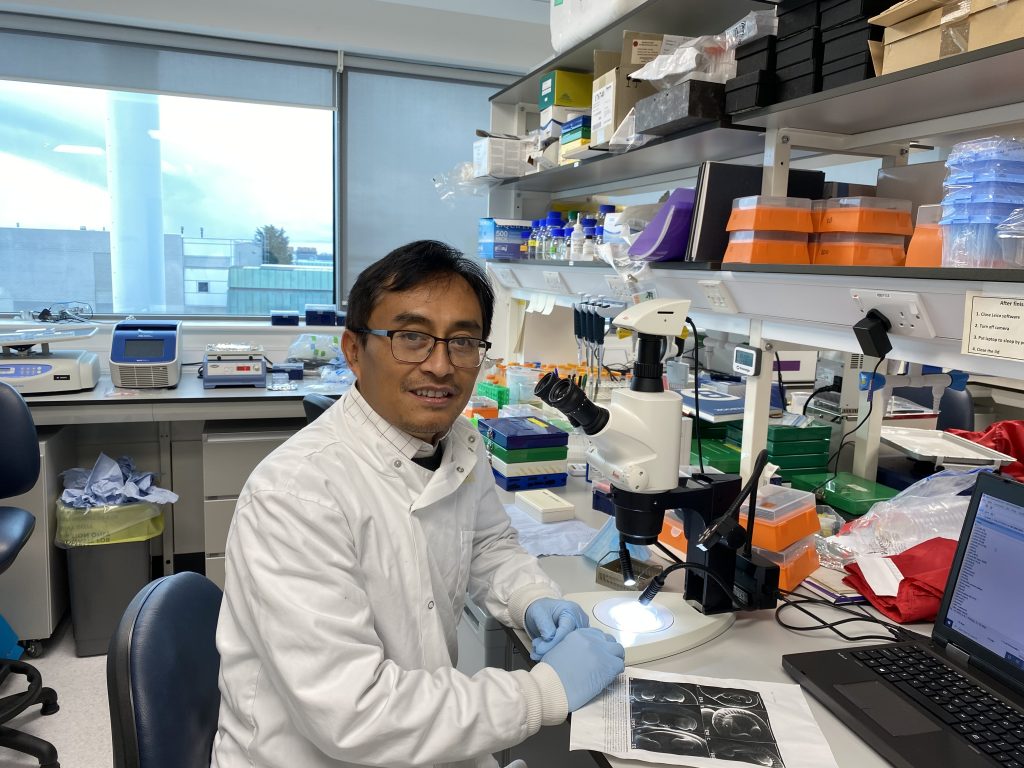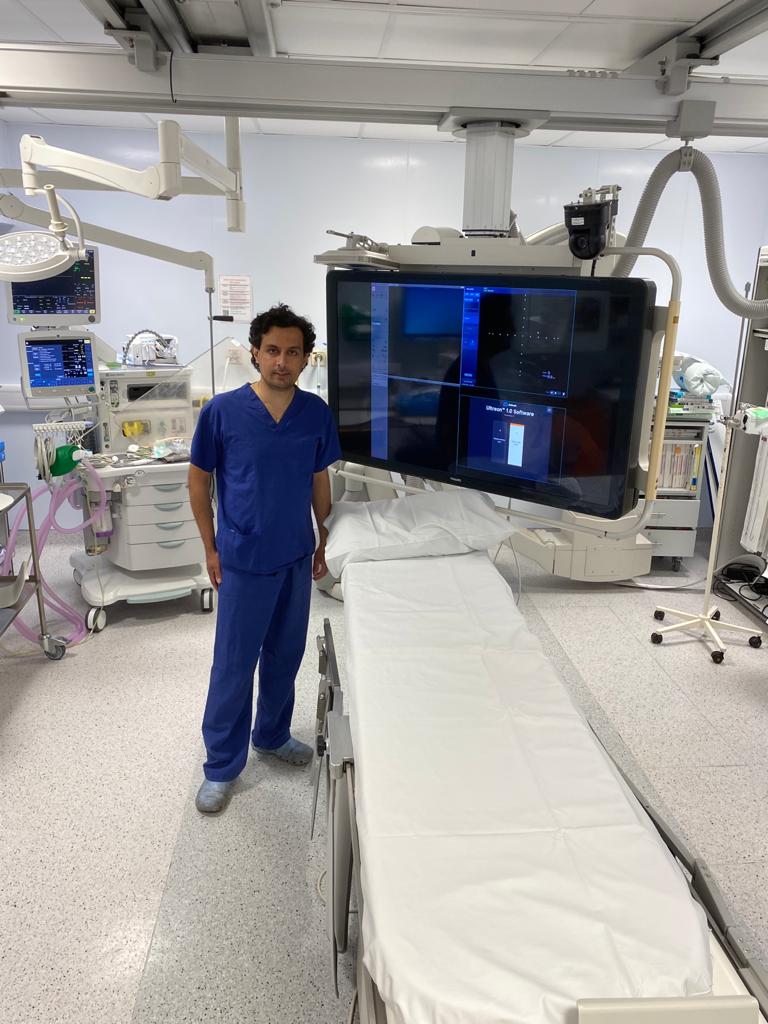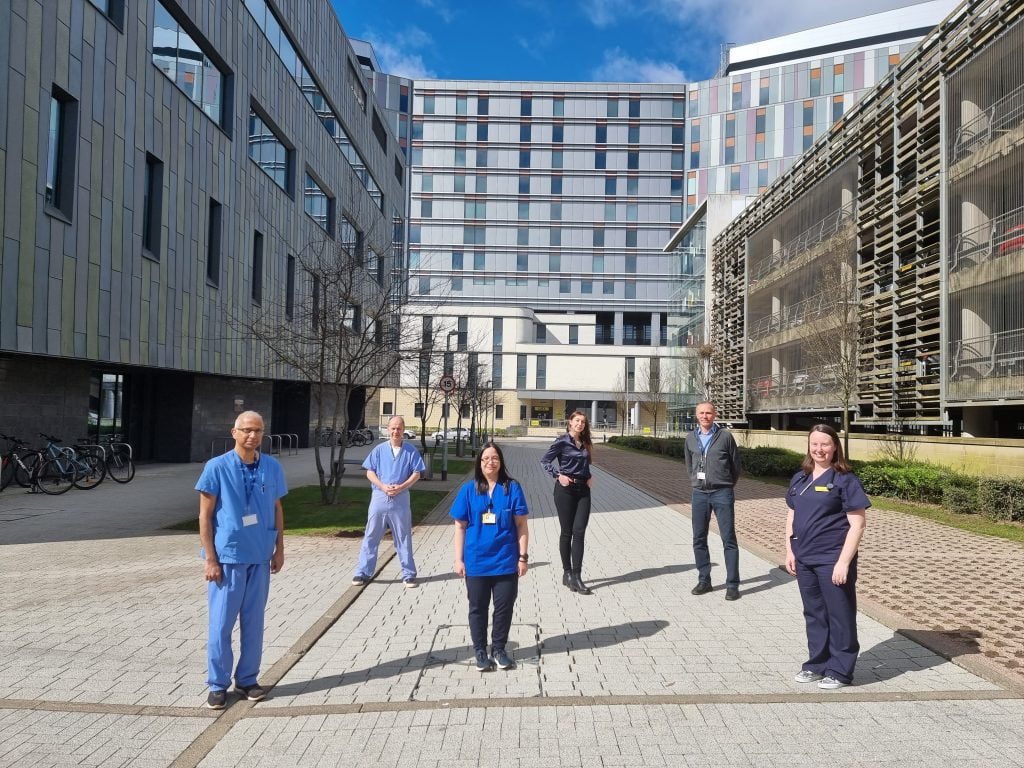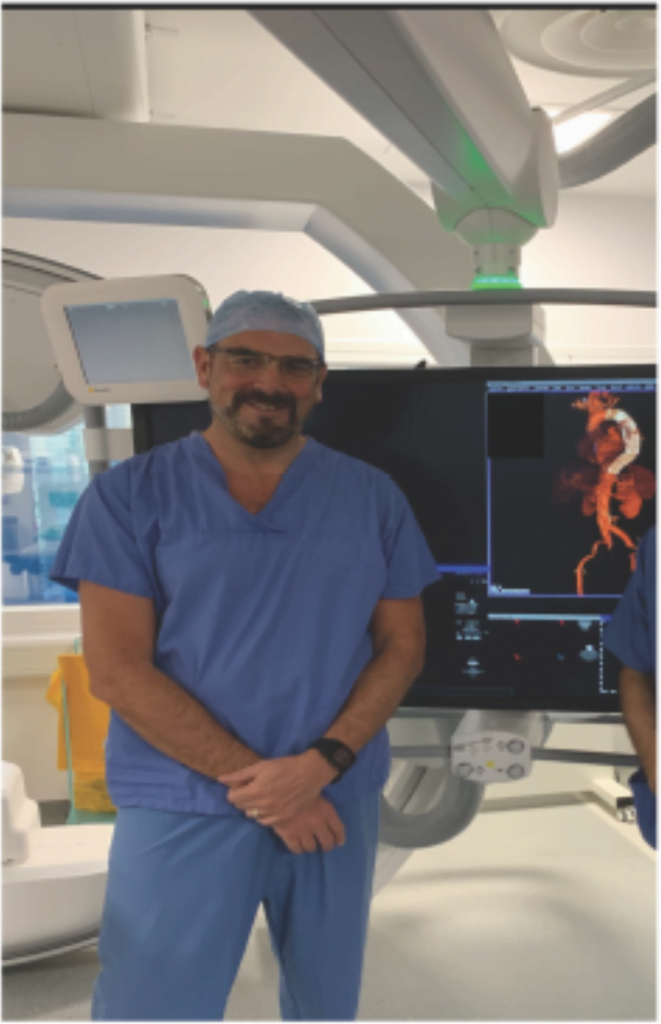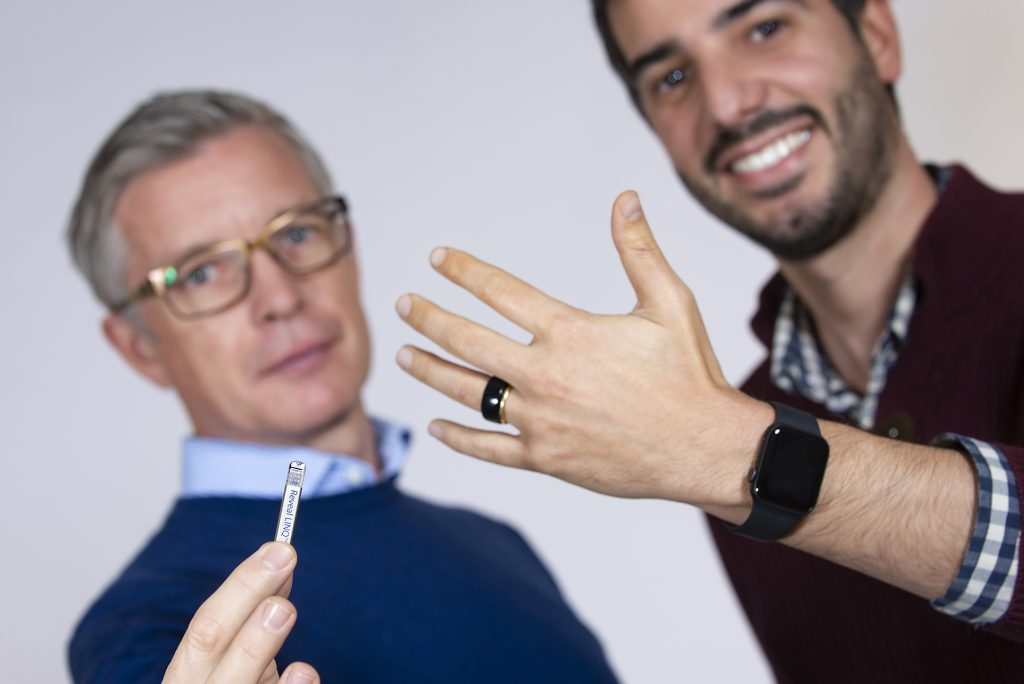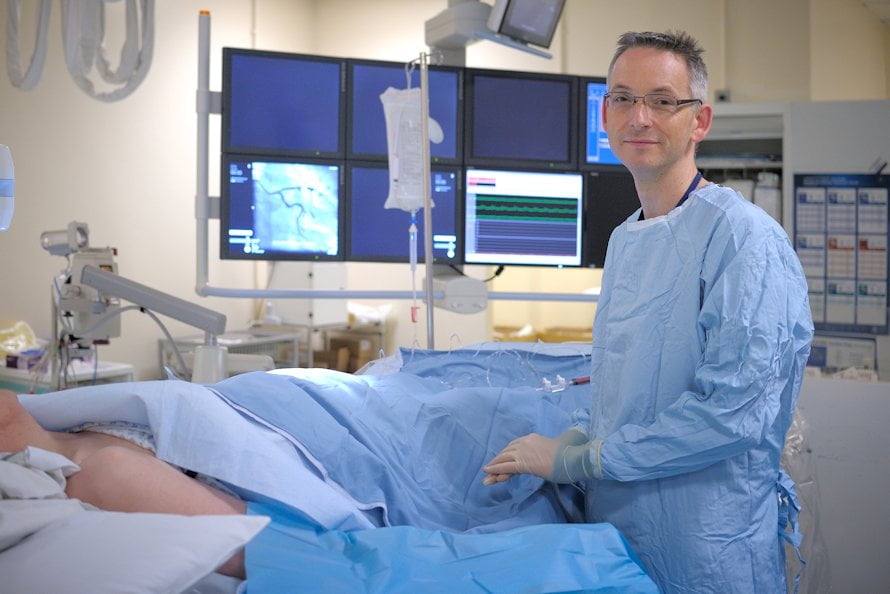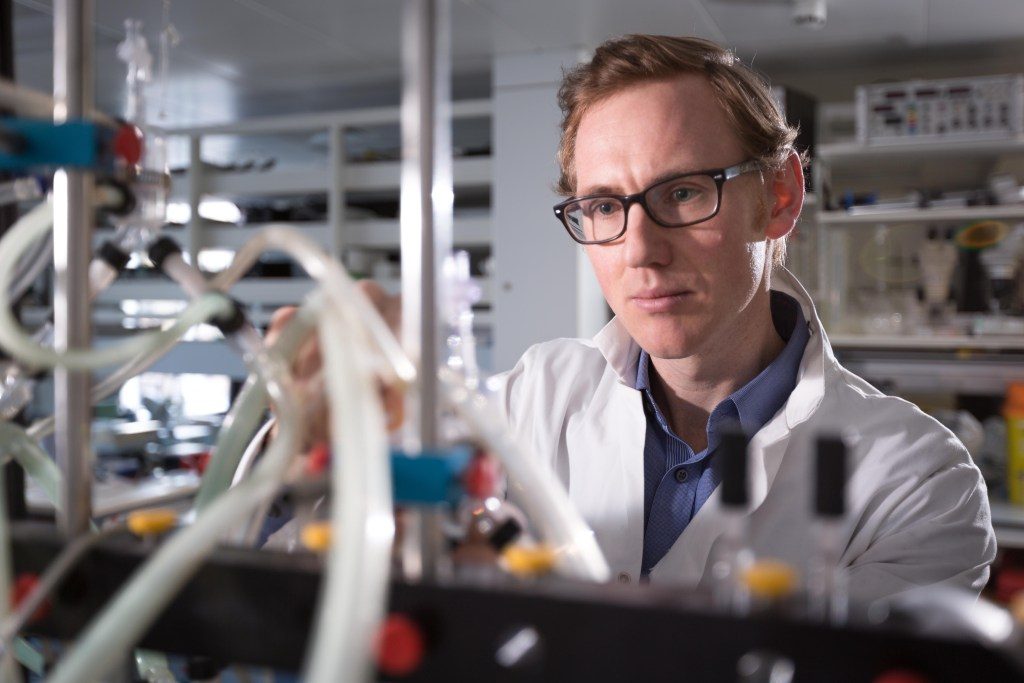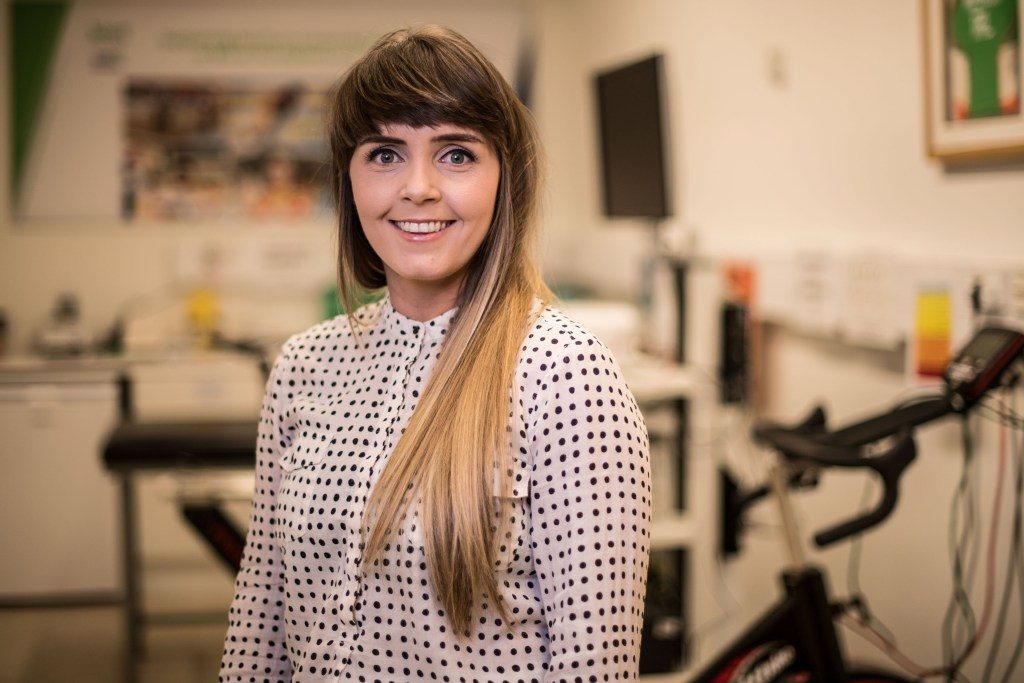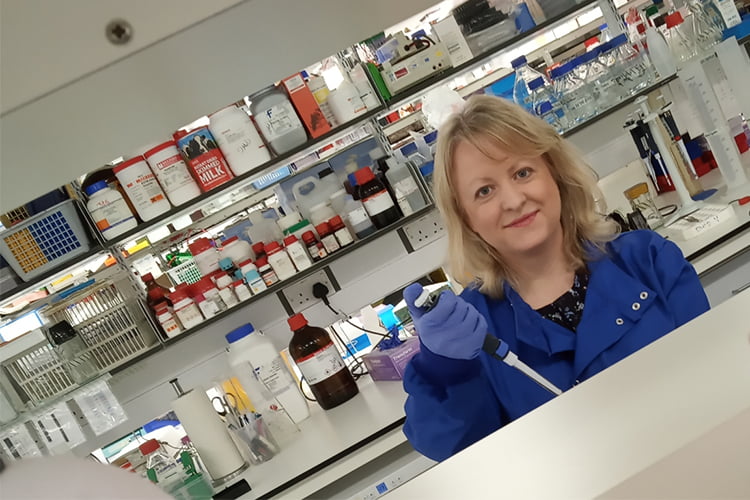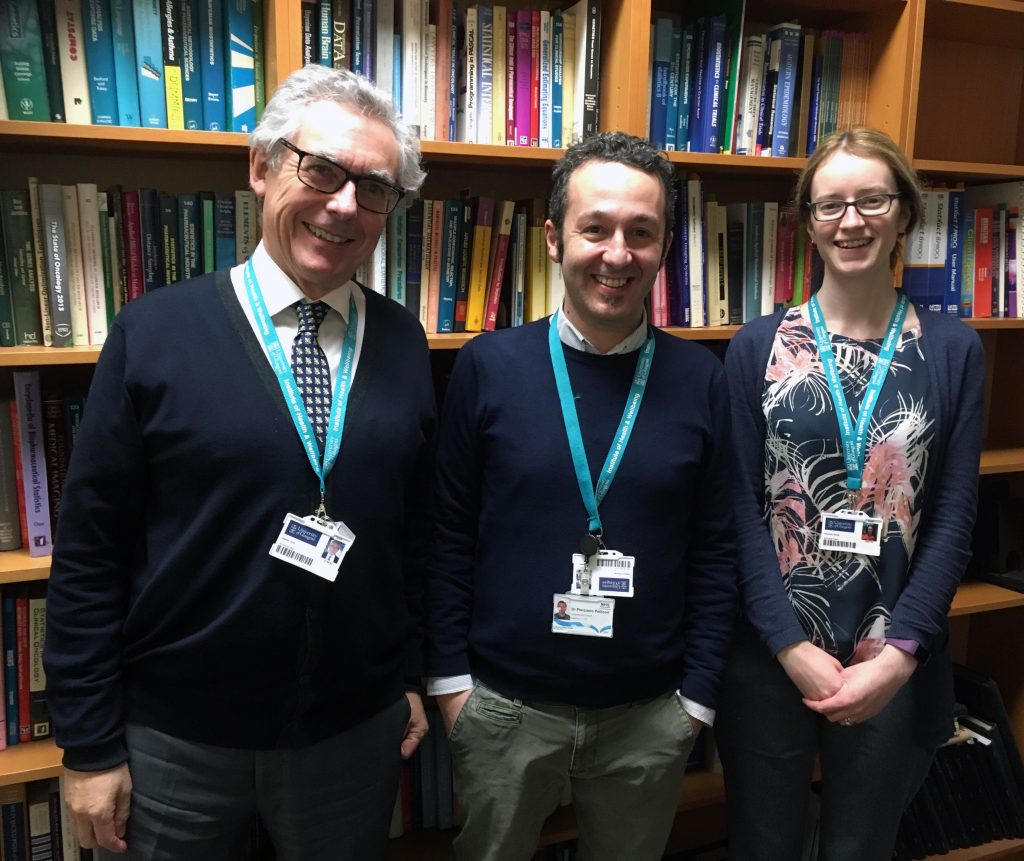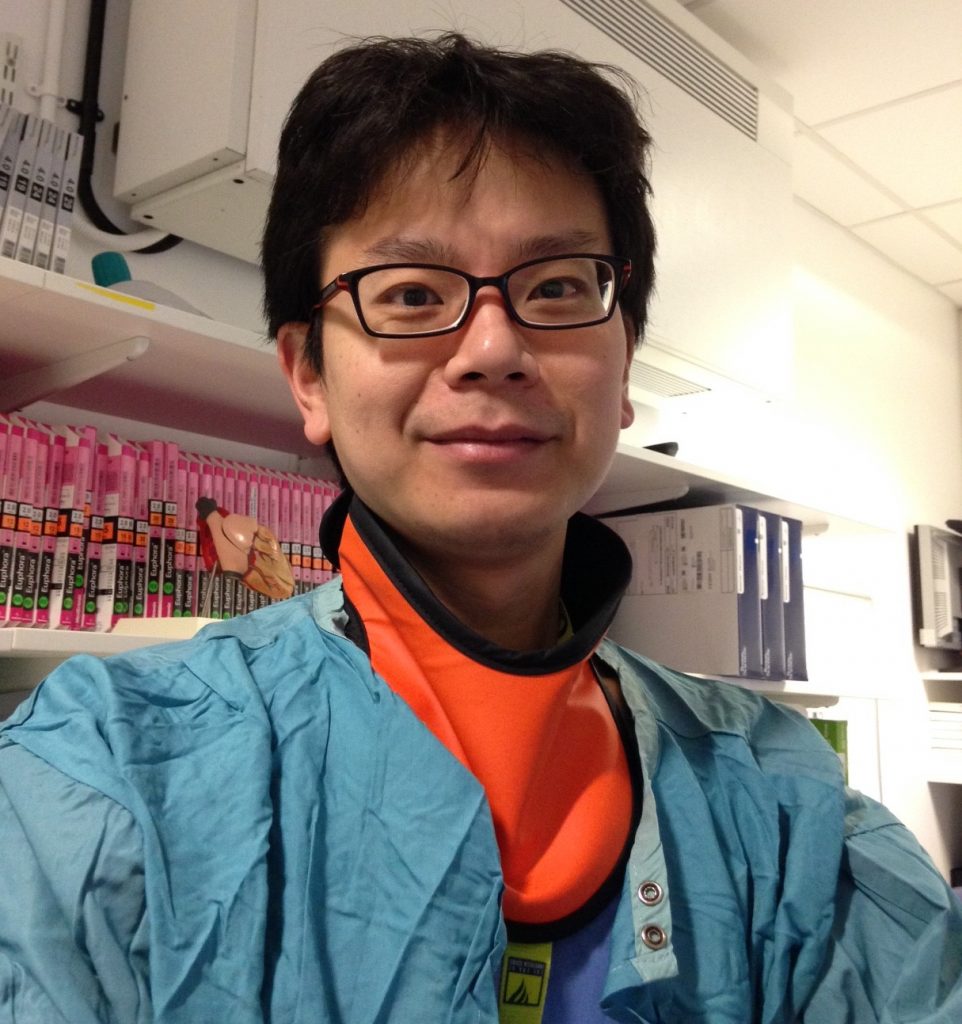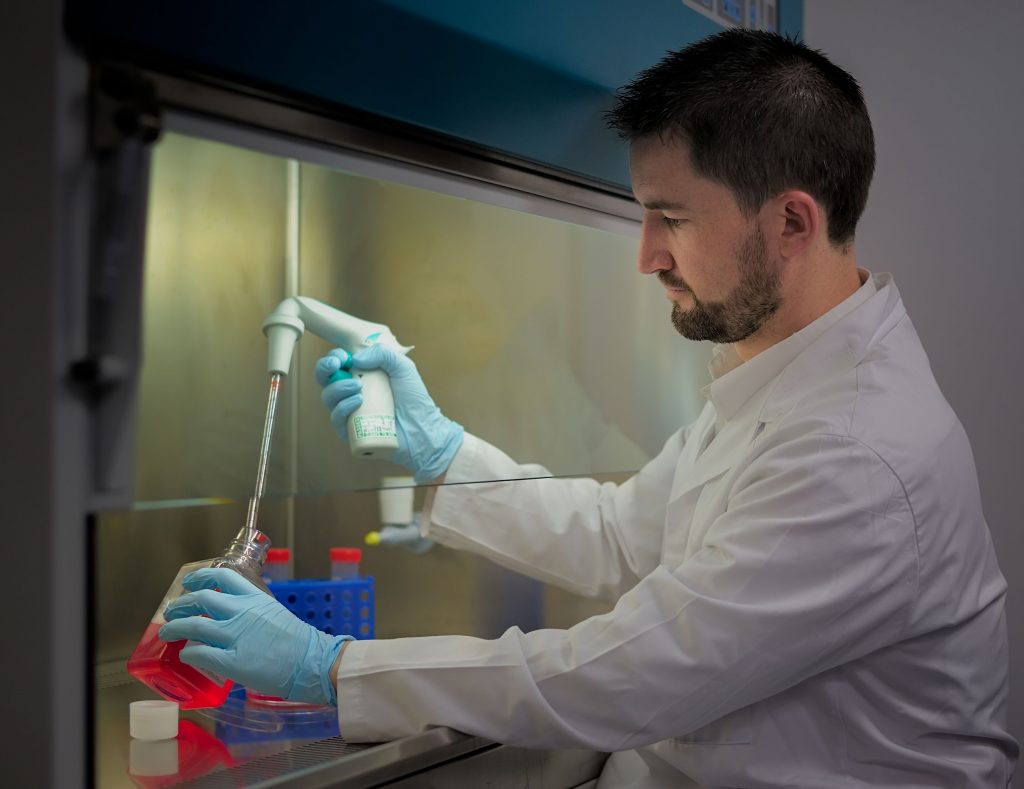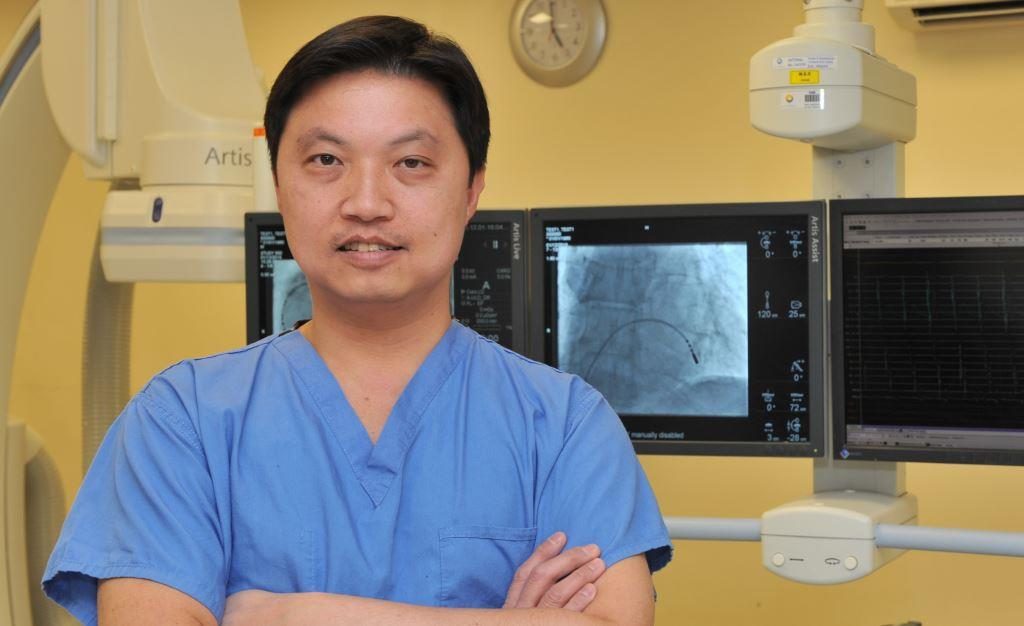PhD Studentship
Professor Ipsita Roy, University of Sheffield
Amount: £111,500
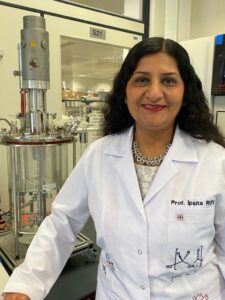
Summary: When a heart attack occurs, it causes damage to the heart muscle. This damage can increase the likelihood of repeat heart attacks and even heart failure. Professor Roy and her team have previously developed a cardiac patch which has the potential to help the heart repair after a heart attack, using stem cells. This project aims to modify and improve the team’s existing patch through combining it with new materials. This has the potential to significantly improve recovery after a heart attack, and therefore reduce rates of both subsequent heart attack and heart failure.
During a heart attack, muscles in the heart can become damaged. This can cause long-term difficulty pumping blood around the body making reoccurrence of a heart attack more likely and can ultimately lead to heart failure.
The aim of this project is to create a cardiac patch which can support the areas of the heart affected by the heart attack. The patch will act as a mechanical restraint for the failing heart and be a source of healthy heart muscle cells that will replace the damaged cells of the heart. The cells delivered via this patch will be healthy heart cells obtained using specific type of stem cells: induced pluripotent stem cells (iPSCs). These cells can become any cell type in the body including the cells that make up the muscles of the heart. They can be made by converting skin cells into stem cells in the lab. Using the patient’s own skin will ensure that the cells will be accepted by the body, preventing any immune reaction, and eliminating the need for the anti-rejection drugs involved in many heart operations.
Once the heart is repaired, the material will break down in the body over time. This means heart function can be restored without the need of a permanent implant or a secondary operation to remove the patch once the heart has healed.
These patches have previously demonstrated the ability to support tissue regeneration and repair. A similar patch was produced in Professor Roy’s lab and showed great potential as a treatment for heart attacks, but some modifications are still needed. The previous patch degraded too slowly, so it could not encourage enough heart cells to transfer to the heart from the patch. This will be tackled in this study by combining the previous material with another faster degrading material.
This project will therefore aim to improve the effectiveness of this patch and test it again so that the team can move towards clinical trials in the future. This patch has a huge potential to improve survival and healthy living post heart attack.
